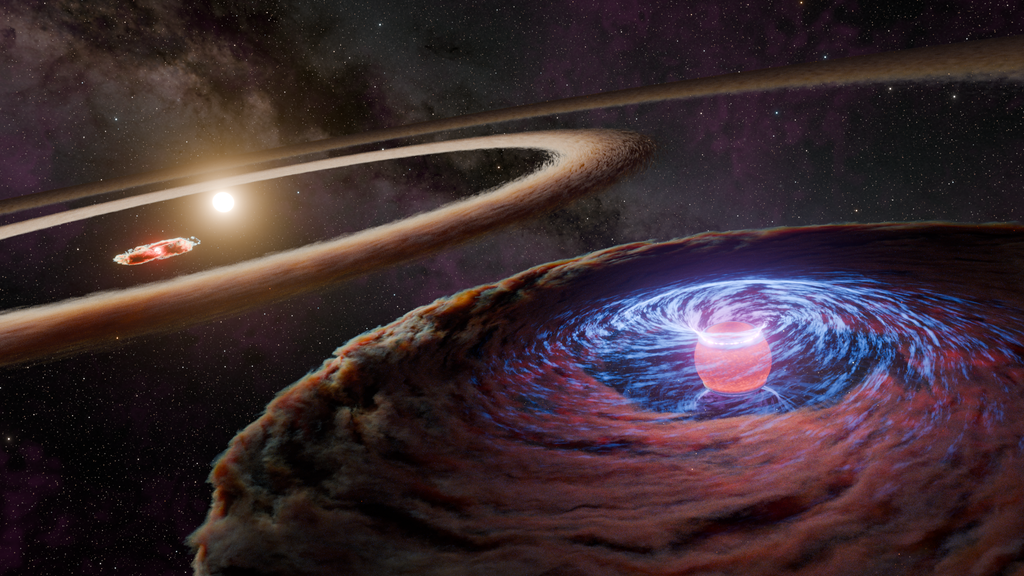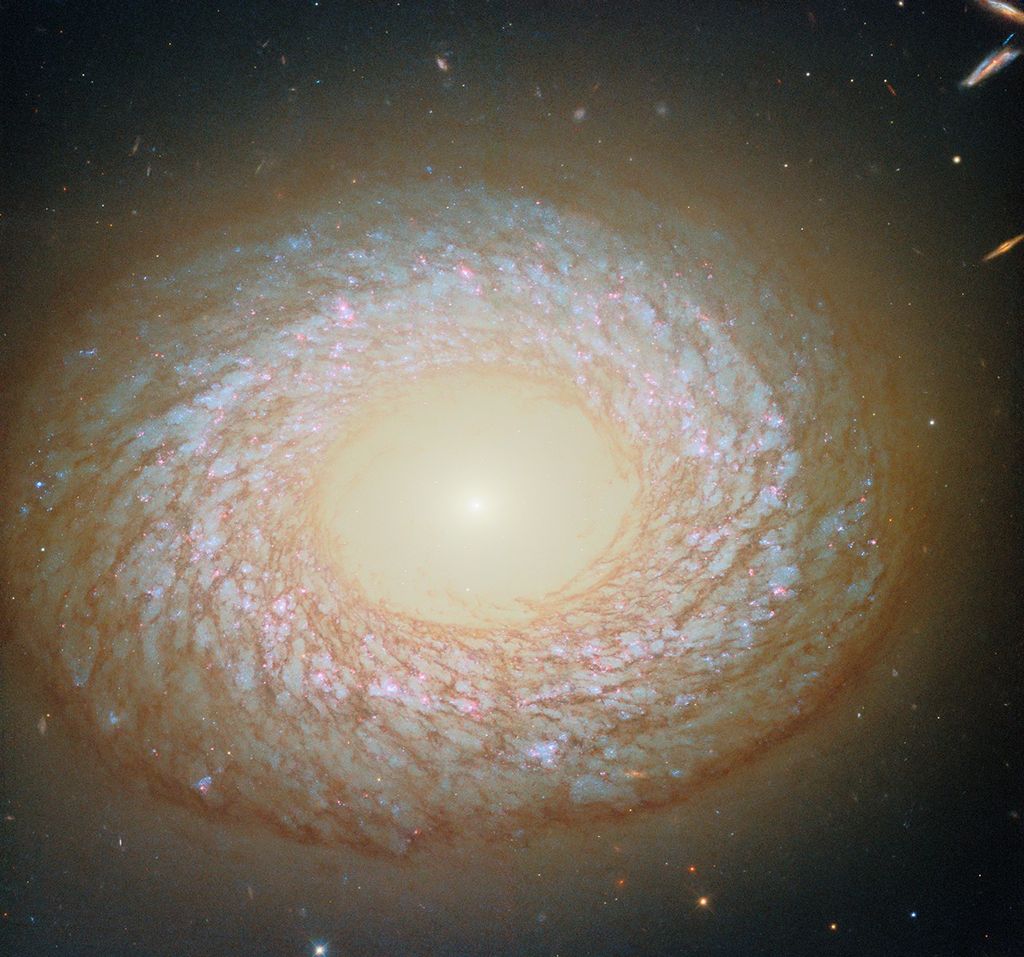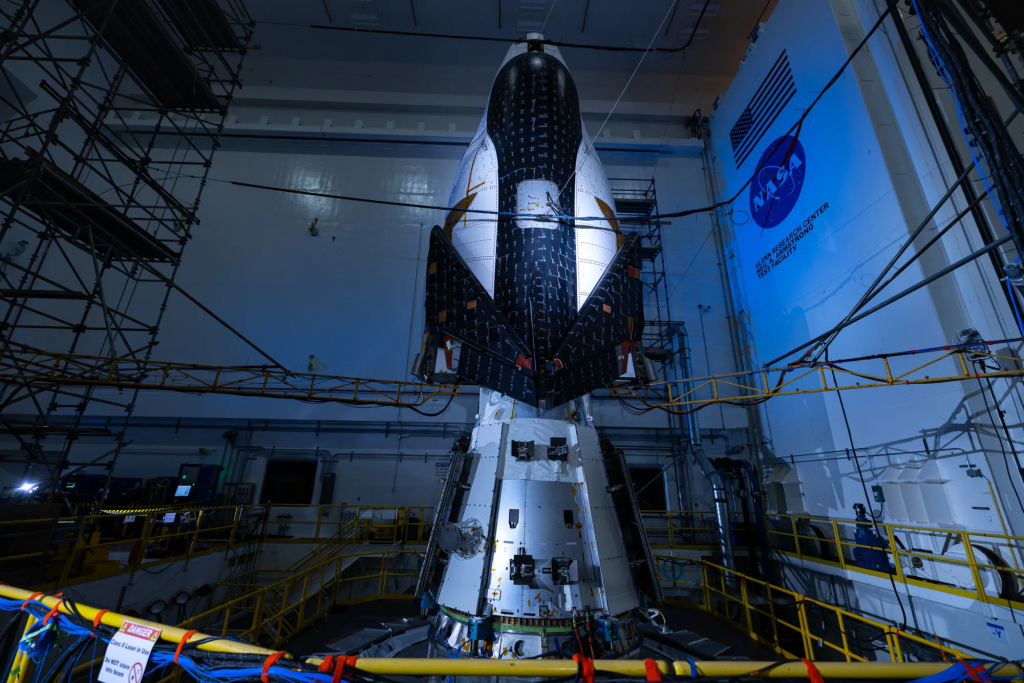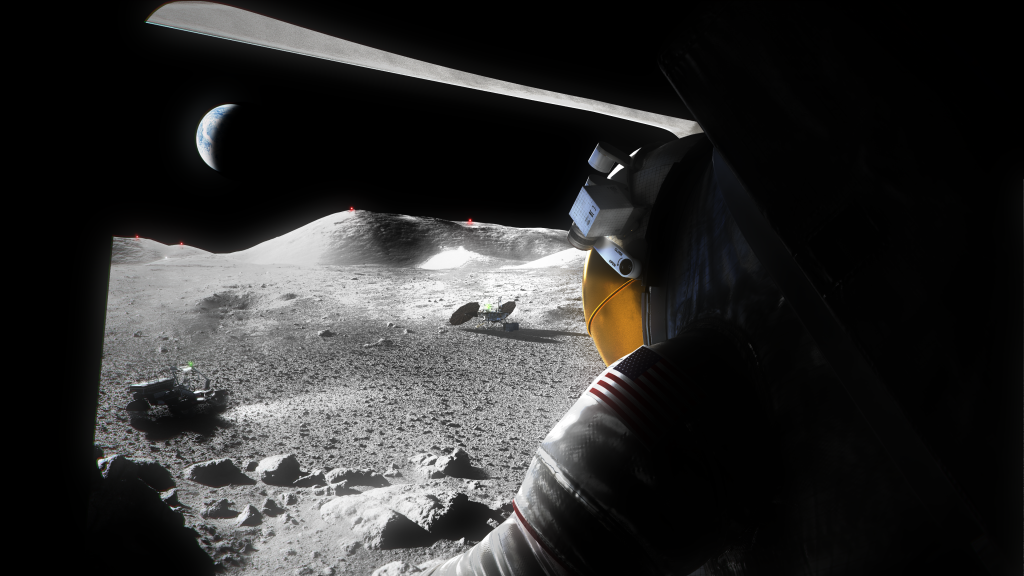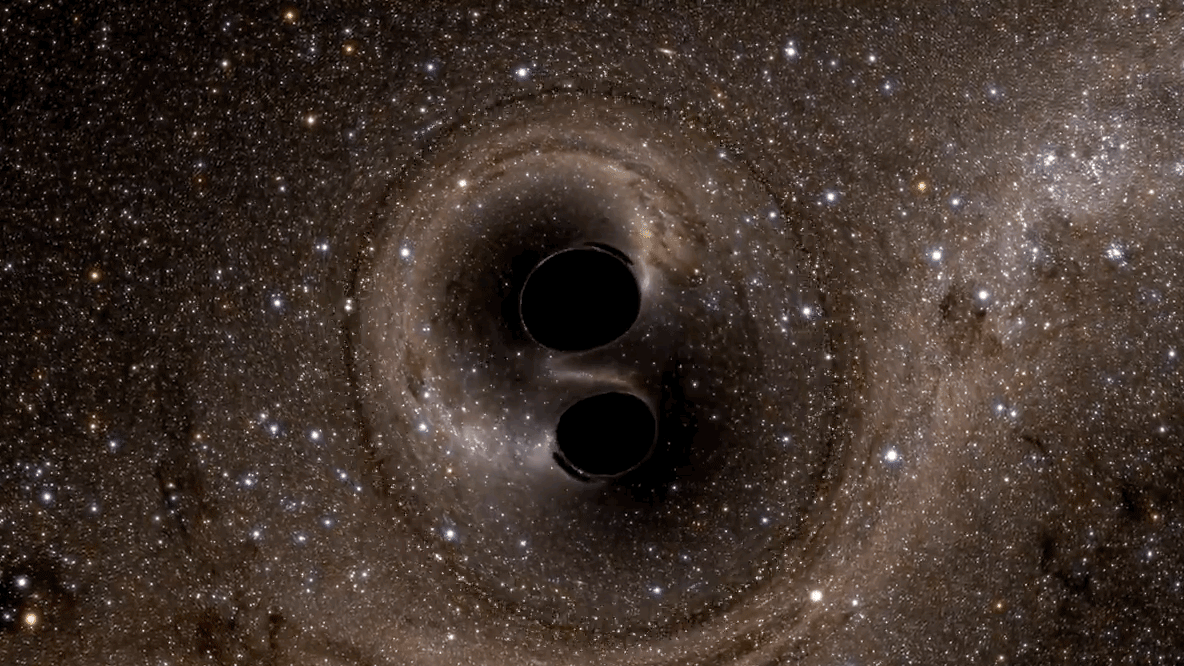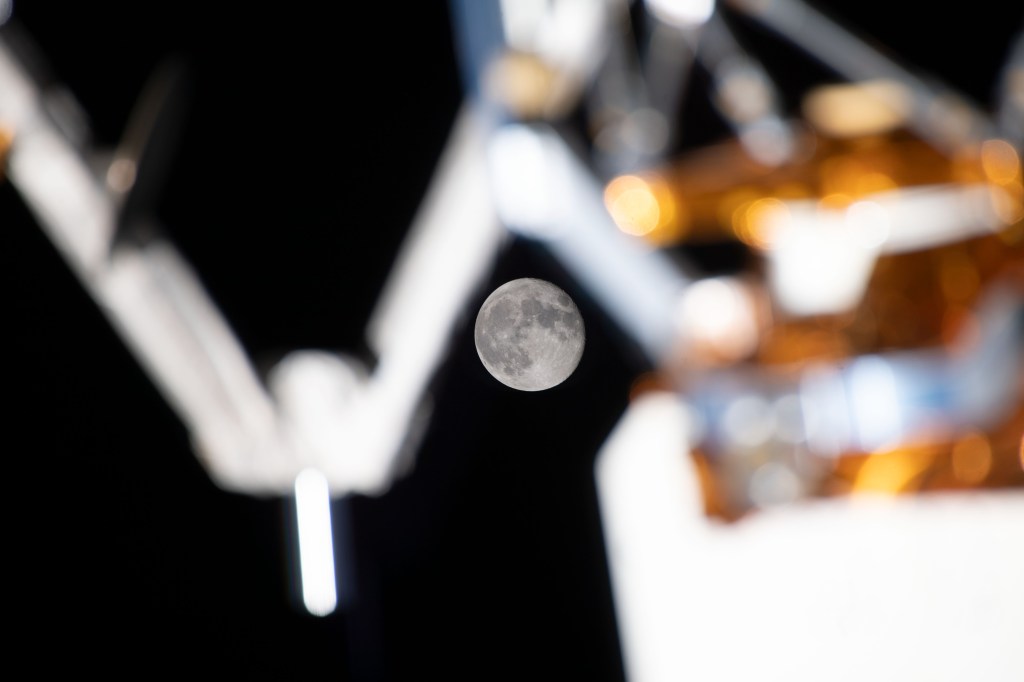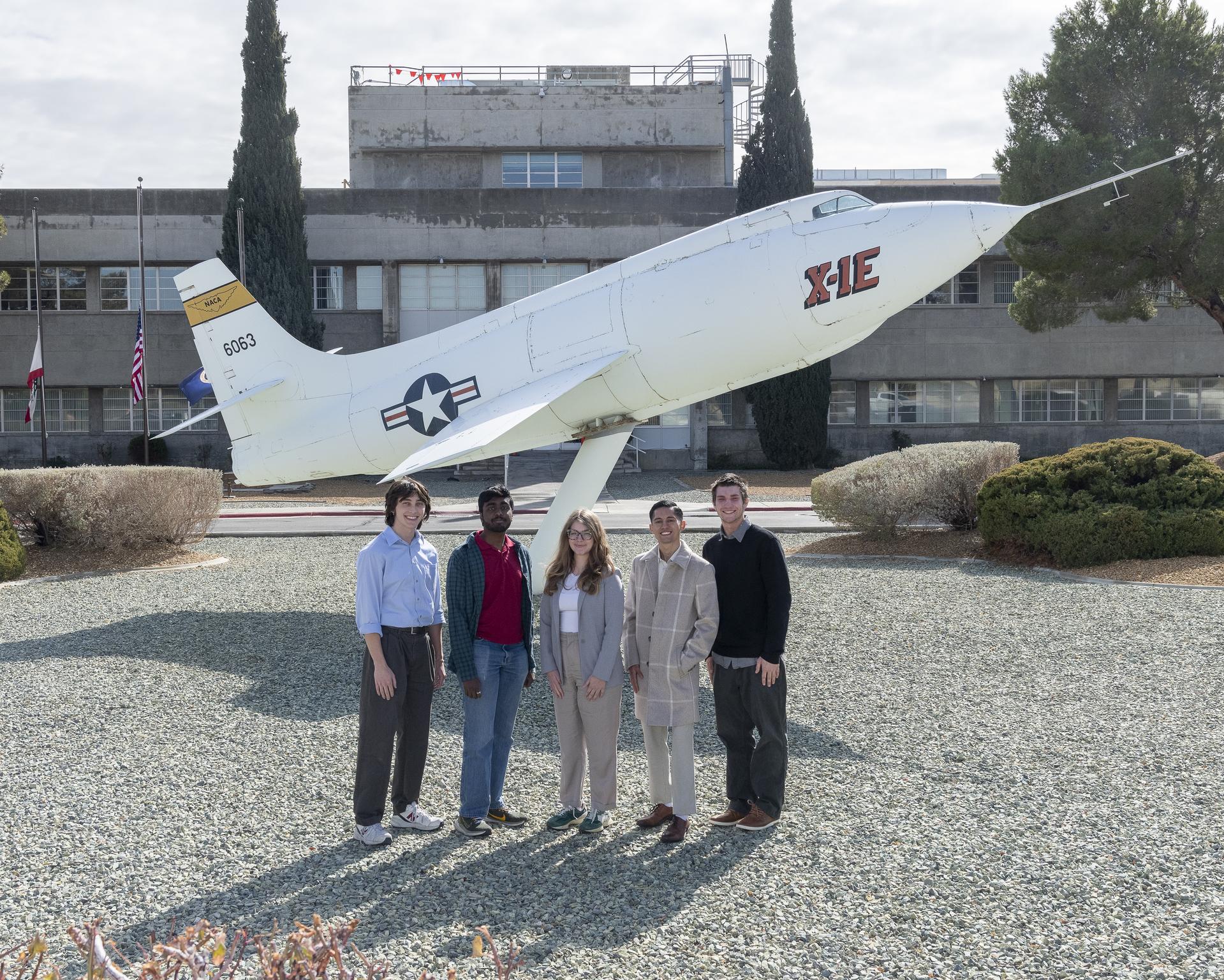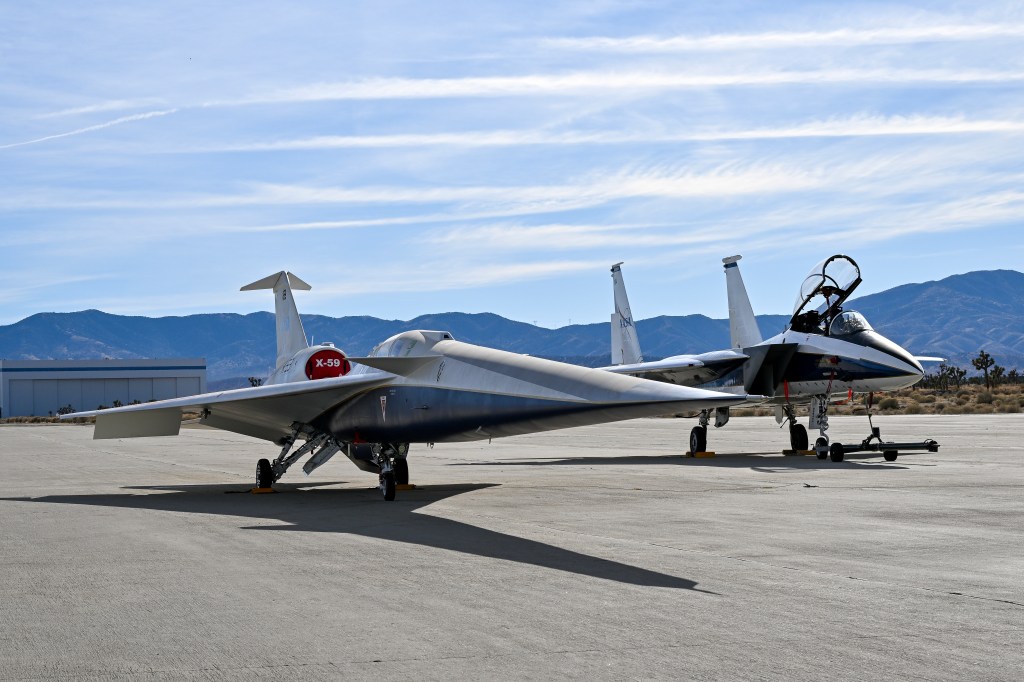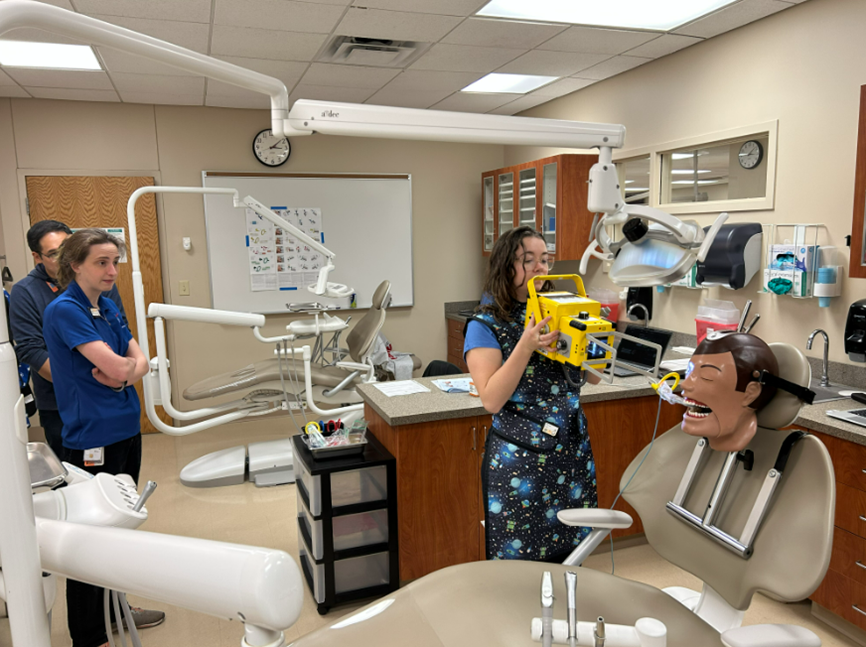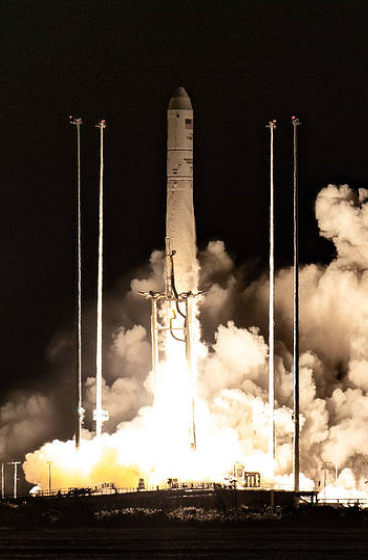Portable X-Ray Imaging
For upcoming exploration missions, the need for enhanced medical care becomes critical due to extended mission durations, significant communication delays, and minimal evacuation opportunities. Previous evidence has revealed that among the 119 medical conditions targeted for management during spaceflight by NASA, at least 36 could benefit from radiography. Utilizing x-ray systems for diagnosis and management is hypothesized to significantly improve management of crew health by enabling the immediate evaluation and confirmation of potential injuries or illnesses. Beyond clinical applications, x-ray systems also hold potential for non-destructive testing (NDT). This includes applications such as assessing the structural integrity of the spacecraft, analyzing surface and meteorite samples, and inspecting onboard electronics.
The primary goal of technology demonstrations is to bridge the gap in available, flight-ready medical device technology by flight-testing diagnostic and treatment technologies essential for managing medical conditions during exploration missions. These technologies must adhere to vehicle constraints such as mass, volume, power, and data requirements, integrate seamlessly with medical decision-support tools, and support increasingly Earth-independent operations. There are three main objectives for the future ground demonstration of these three devices. First, we aim to determine the full capabilities of an x-ray system within the context of a spaceflight environment.
While medical applications are the primary focus for the miniature x-ray system, a comprehensive exploration of non-medical uses was completed by an XMIPT-sponsored NASA SPARK campaign to identify collaborators. NASA plans to establish criteria and to use insights gained from evaluating each mini x-ray system against that criteria to select the most suitable system among three candidates. Third, NASA intends to evaluate their suitability for flight certification, which includes assessing its durability for launch, reentry, and exposure to high background radiation, as well as its compatibility with existing data architecture systems. Numerous subject matter experts from NASA and partner institutions support these objectives.

